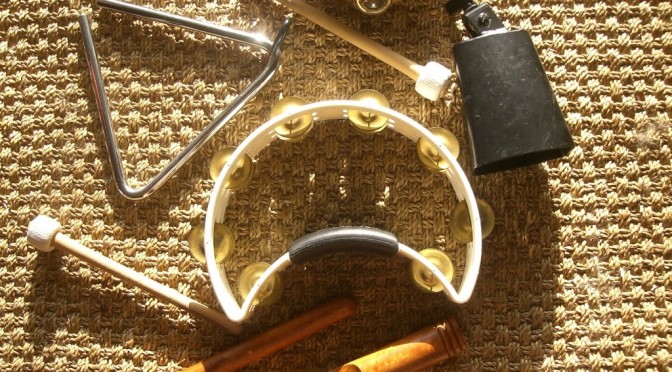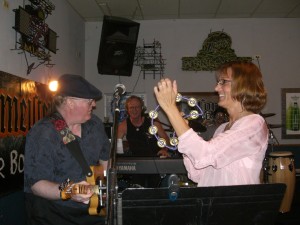When we teach piano, most of us stress practice time. But time is only part of the practice equation: What, precisely, we do with that time is the other part. And contrary to how most people (kids and adults alike) practice, it shouldn’t be a matter of mindless repetition. Good practice is actually a rewarding, creative — and effective — process.
And here’s a note for piano parents who aren’t necessarily musicians themselves: One sure-fire way to tell if your kid is practicing correctly is to notice whether he or she keeps playing the piece over and over from beginning to end. That’s the WRONG way to practice. I tell my kids they can start with one play-through, during which they should note the problem areas. Then they need to get to work on those by practicing small sections over and over. They can finish with another run-through. But to just keep repeating a piece, complete with all the same mistakes, is ineffective and pointless.
Every pianist (and every other musician, as well) develops his or her own practice routine, learning a series of possible practice strategies to deal with different types of mistakes and to learn difficult passages so they can be brought up to speed and played fluently. Part of practice is trial and error — seeing what works, and what doesn’t.
Whether just beginning to learn to play the piano or an accomplished virtuoso, pianists should look at these strategies as part of their “toolbox.” If one doesn’t work, try another. Experience tells pianists which strategies are best for which problems, but quite frequently, a pianist will try a number of practice techniques to master a particularly stubborn passage.
Practice Strategies for Mastering Piano Technique
Mechanical strategies are those that teach the players’ hands where to go. They deal with issues such as finding the right notes, using the right fingers, and coordinating the hands. These strategies help develop piano technique.
- Play with hands apart. Practice one hand at a time if it makes musical sense to do so. Then play with hands together.
- Play in small sections: Practice the piece in small bits, one phrase at a time. Phrases are the equivalent of sentences in the grammar of music. They are sometimes less than a line of music long, and sometimes more, just like a sentence on this page is sometimes shorter than a line, and sometimes longer. Practicing in phrases makes more musical sense than practicing by the line.
- Combine all the elements in small phrases: Practice each phrase by playing one hand, then the other, then both together.
- Study the fingering. Fingering choices should always be deliberate and intentional. Pianists must remember that good fingering involves not only getting to the note in question, but getting to the next note, and the next after that. Issues of how to tackle a series of similar motifs that start on different notes also come into play, as well as issues of musicality, which can justify fingerings that at first may look awkward. Students who have not yet mastered fingering techniques should run any changes past a teacher.
- Break the music into even smaller chunks: Music can always be broken down into its component parts. If the phrase is too long, break it into two. Or practice a single measure. Identify the weak spots where mistakes are habitual, and practically those spots until the mistakes are eradicated.
Remember, piano mistakes don’t go away by starting at the beginning and trying again!
Rhythmic Strategies for Piano Practice
Rhythmic practice techniques force the player to do all the tasks in strict time, which raises the difficulty, and also makes it very obvious which parts of the piece need more work.
- Use the metronome: At its most basic, the metronome helps pianists keep a steady tempo. But I use a metronome as a technical aid: It helps a student work out technical elements by forcing the pianist to play in time and gradually raising the tempo. Playing with a metronome reveals any weak spots in the piece. Metronome practice is especially valuable for ensemble players.
- Vary the rhythm: An effective way to smooth out bumps in long technical runs of very fast notes is change the rhythm. For example, a stream of 16th notes cold be played as alternating dotted 16th and 32nd notes, and then the player can try the reverse and play the section as 32nd notes followed by dotted-16th notes.
- Add beats. A difficult series of chords can be practiced by by inserting one or more beats of rests in between them, then gradually, getting rid of the extra beats.
- Change the tempo: Playing very slowly and very fast are also good practice techniques. Playing one hand much faster than the target tempo secures the muscle memory of the passages, which makes the piece easier to play with two hands. Playing slowly helps pianists make fingering and articulation choices that are conscious and deliberate.
Finally, if mistakes persist, change the practice strategy! The worst thing is to keep doing the same thing and making the same mistake. Try to go about the problem in a different way.
Further Resources for Piano Practice
The Musician’s Way, by Gerald Klickstein [Oxford, 2009], is a resource for advanced students. It describes how to practice mindfully and artfully.


